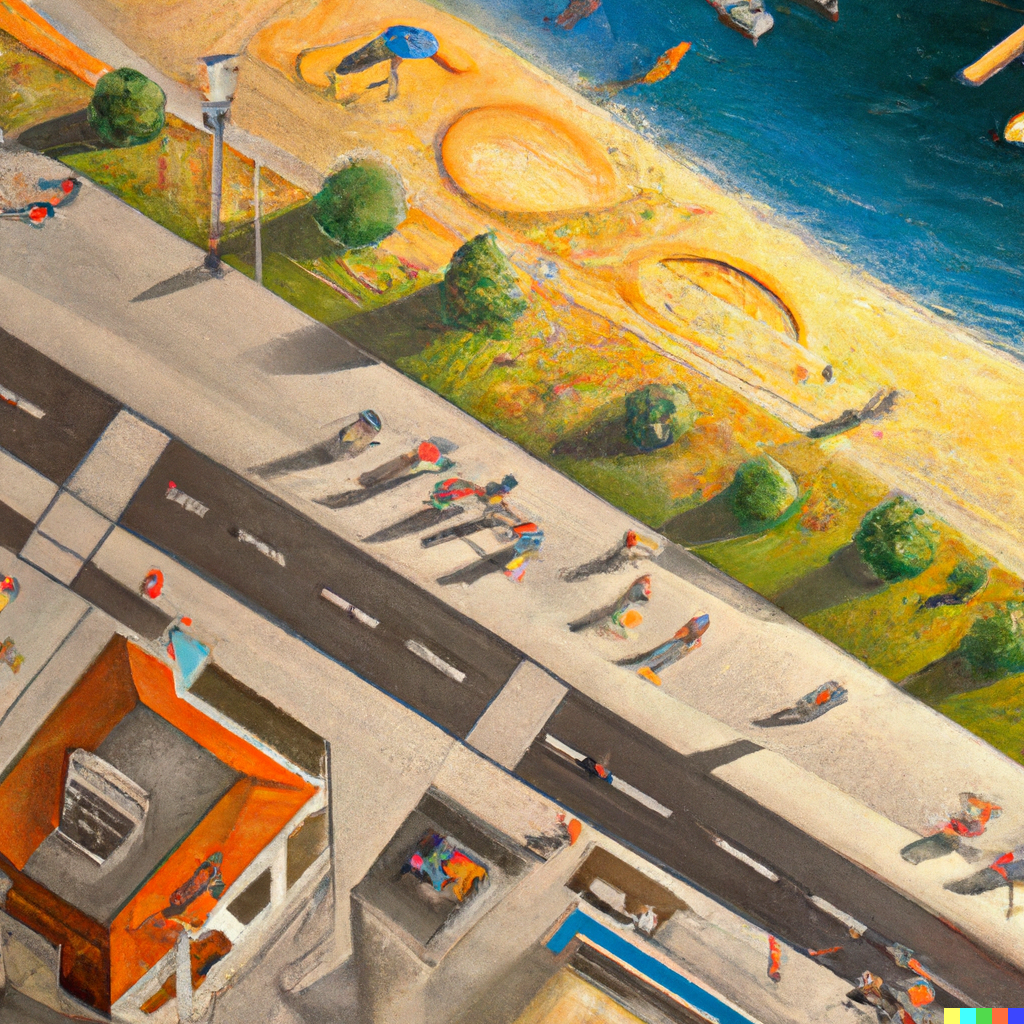Your cart is currently empty!
I Asked AI to Write a Critique of The New Urbanism

Title: Examining the New Urbanism Architectural Movement: A Critical Evaluation
Introduction:
Architectural movements have a profound impact on shaping the built environment and influencing our daily lives. One such movement that emerged in the late 20th century is New Urbanism. Advocating for compact, walkable neighborhoods, mixed land-use, and community-oriented design principles, New Urbanism sought to address the shortcomings of suburban sprawl. While it is important to recognize the positive aspects of any architectural movement, it is equally crucial to critically evaluate its potential drawbacks. In this blog post, we will delve into the New Urbanism movement and explore some of its key criticisms.
- Lack of Diversity:
One of the primary criticisms of New Urbanism lies in its tendency to prioritize a specific demographic, often affluent individuals. The movement’s focus on creating idyllic neighborhoods with high property values and limited housing options may inadvertently exclude lower-income individuals and contribute to social and economic segregation. The emphasis on maintaining a certain aesthetic and high property values can result in a lack of diversity, both socioeconomically and culturally.
- Limited Affordability:
While New Urbanism aims to create vibrant communities with mixed-use development, the cost of living in these areas can be prohibitive for many. The higher price tags associated with housing and commercial spaces within New Urbanist neighborhoods can restrict access to those with lower incomes. This limitation undermines the movement’s goal of inclusivity and can exacerbate existing inequalities in society.
- Replication of Traditional Neighborhood Design:
New Urbanism often seeks to replicate the design principles of traditional neighborhoods and small towns. While this approach can create charming and aesthetically pleasing environments, it can also lead to a sense of artificiality and a lack of authenticity. By rigidly adhering to specific architectural styles, New Urbanism may stifle innovation and creativity in urban design. It is important to strike a balance between preserving heritage and allowing for contemporary expression.
- Reliance on Automobiles:
Despite the emphasis on walkability and mixed-use development, New Urbanist neighborhoods often fail to address the dependency on automobiles adequately. While residents may have shorter distances to travel within their community, they may still rely on cars for commuting, running errands outside the neighborhood, or accessing essential services. The movement’s failure to provide comprehensive transportation solutions limits its potential to reduce congestion, promote sustainable transportation, and mitigate environmental concerns.
- Potential Gentrification:
New Urbanism’s revitalization efforts in decaying or neglected urban areas can contribute to gentrification, displacing existing communities. As property values rise and new amenities are introduced, longtime residents may find themselves priced out of their homes and forced to relocate. The lack of adequate safeguards and measures to ensure affordable housing in New Urbanist developments can exacerbate the issue of gentrification, further perpetuating social and economic inequalities.
Conclusion:
While New Urbanism has undoubtedly made significant contributions to urban planning and design, it is crucial to approach any architectural movement with a critical lens. By examining the potential drawbacks of the New Urbanism movement, we can foster a more nuanced understanding of its impact. Addressing concerns such as social inclusivity, affordability, transportation, and gentrification can help refine the movement’s principles and improve its effectiveness in creating truly sustainable and inclusive communities. Ultimately, striking a balance between preservation, innovation, and social equity is essential in shaping the future of urban development.
